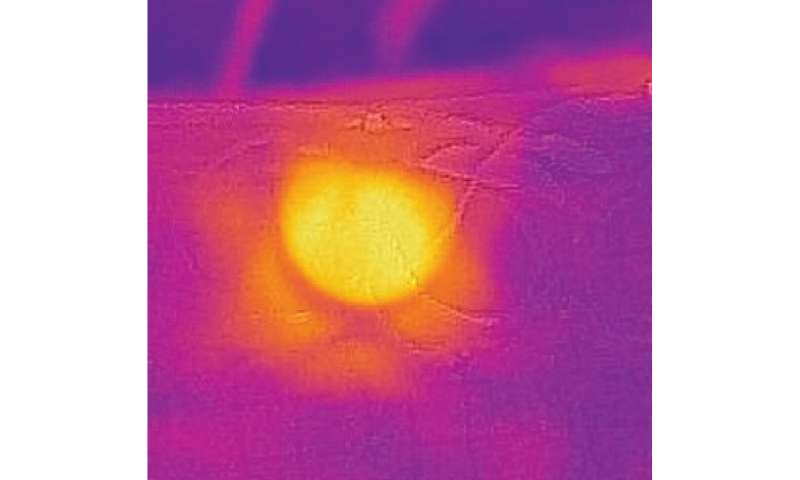
Scientists in the Department of Biomedical Engineering at Texas A&M University are developing new ways to advance the field of regenerative medicine and cancer treatment. They are developing a 2-D nanosheet that is 1,000 times smaller than a strand of hair.
Dr. Akhilesh Gaharwar, associate professor, has developed a new class of 2-D nanosheets called molybdenum disulfide that can adsorb near infrared (NIR) light and modify cell behavior. These nanosheets are an emerging class of materials that have shown distinct physical and chemical properties due to their unique shape and size. Recently, some nanosheets have been explored for biomedical applications due to their light-responsive ability. Despite strong potential, Gaharwar's research is entering new territory, as few studies have investigated their cellular compatibility and none have explored their ability to modulate cellular functions using light.
To explore the possibility of controlling the cell response via light, Gaharwar's research group has synthesized an atomically thin nanosheet that can adsorb NIR light and convert it into heat. NIR light can penetrate deep inside the tissue compared to other types of light, including ultraviolet and visible light, and can be used to stimulate natural biological repair mechanisms in deep tissue.
Due to the high-surface area of nanosheets, they can stick to the outer membrane of cells and transmit a cellular signal to the nucleus, thereby controlling their behavior. Some of the nanosheets are also eaten by the cells and can influence cellular functions from inside.
"Light-responsive biomaterials have a strong potential for developing the next generation of noninvasive, precise and controllable medical devices for a range of biomedical applications, including drug delivery, cancer therapy, regenerative medicine and 3-D printing," Gaharwar said.
His research was recently featured in the journal Proceedings of the National Academy of Sciences.
In collaboration with Dr. Irtisha Singh, assistant professor in the Department of Molecular and Cellular Medicine of the Texas A&M Health Science Center, Gaharwar's team used a next-generation sequencing technique to decipher the effect of light and/or nanosheets on the gene regulation of cells. Picture a cell as a blank canvas, and gene regulation as the paint that turns the canvas into something unique or interesting. For stem cells, that would mean determining what kind of cell they will be, such as muscle, bone, etc. Slight agitations in gene expression, either from light or these nanosheets, can significantly affect the functions of these cells such as movement, reproduction and expression.
Global gene expression profiles of cells reveal that light stimulation of the nanosheet can have a significant influence on cellular migration and wound healing. They demonstrated that cancer cells treated with a nanosheet and light are not able to move freely, which is good news. This is important as cancer spreads in the body by moving from one tissue to another. The combination of the nanosheet and light may provide new approaches to control and regulate cellular migration and functions.
The team found that the nanosheets bind to a cell surface receptor known as an integrin, a simple protein with a sugar attached. These integrin proteins are important in normal cell functioning by providing information to cells about its surroundings. If these proteins are covered by nanosheets, they cannot tell the cells to move around, effectively stopping the cells for an indefinite time.
Explore further
Citation: Researchers light cells using nanosheets for cancer treatment (2020, June 10) retrieved 10 June 2020 from https://ift.tt/2XR77jB
This document is subject to copyright. Apart from any fair dealing for the purpose of private study or research, no part may be reproduced without the written permission. The content is provided for information purposes only.
"light" - Google News
June 11, 2020 at 04:07AM
https://ift.tt/2XR77jB
Researchers light cells using nanosheets for cancer treatment - Phys.org
"light" - Google News
https://ift.tt/2Wm8QLw
https://ift.tt/2Stbv5k
Bagikan Berita Ini















0 Response to "Researchers light cells using nanosheets for cancer treatment - Phys.org"
Post a Comment